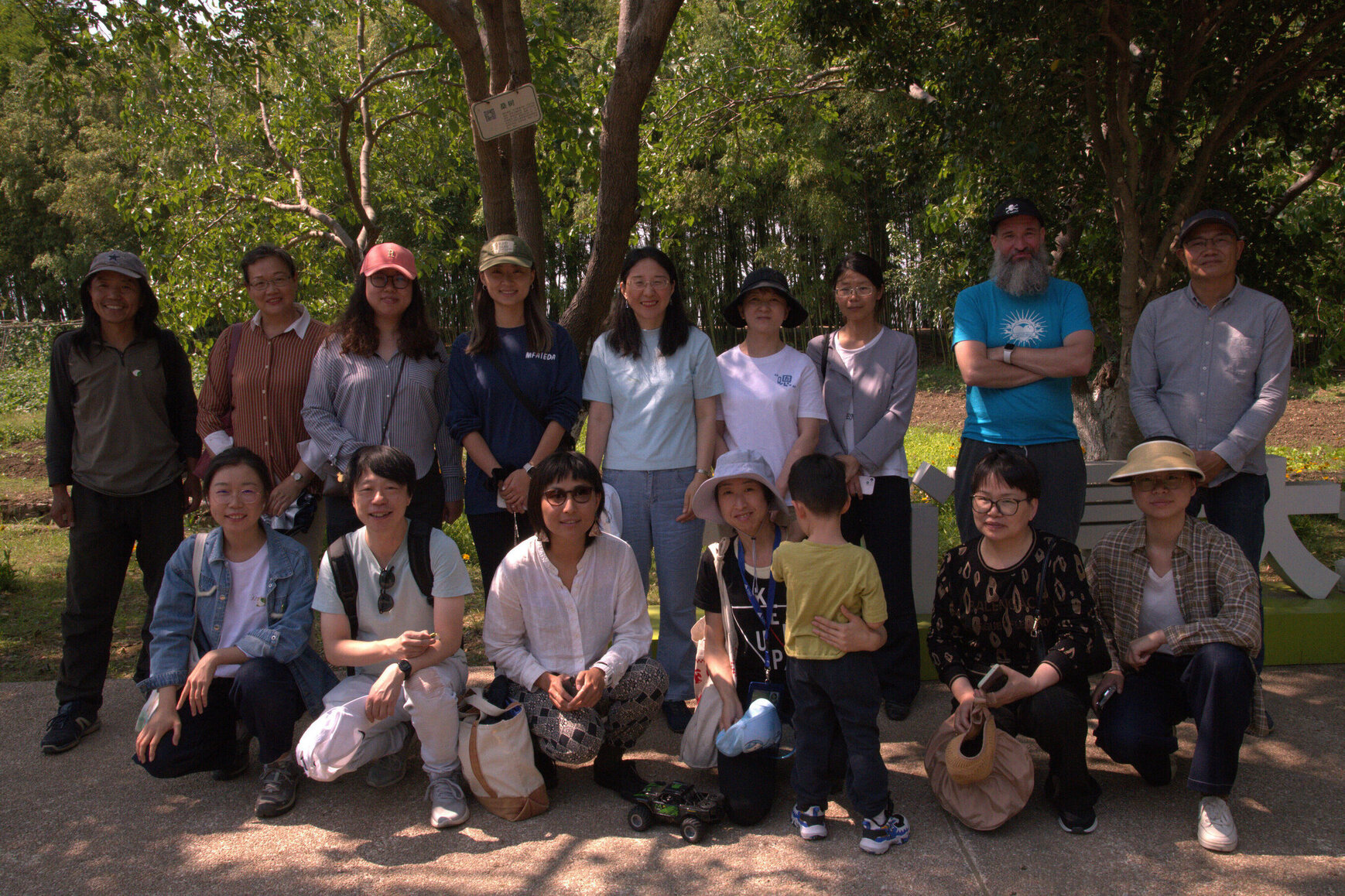
Group photo from our trip to Yuefeng Island Organic Farm
So here’s the thing about farms: they’re simultaneously exactly what you’d expect and nothing like you imagined. On May 11th, 2025, our DKU community garden crew ventured to Yuefeng Island Organic Farm, which sits beside Yangcheng Lake like a bookish teenager at a school dance: quietly impressive but not making a big deal about it.
Our guide was Mr. Tang, an organic farming wizard who speaks about plants the way some people speak about their first love. As he led us through fields that stretched toward the horizon with a kind of infinite green hopefulness, I found myself thinking about how much I don’t know about the food I eat, which is the stuff that keeps me alive every single day.
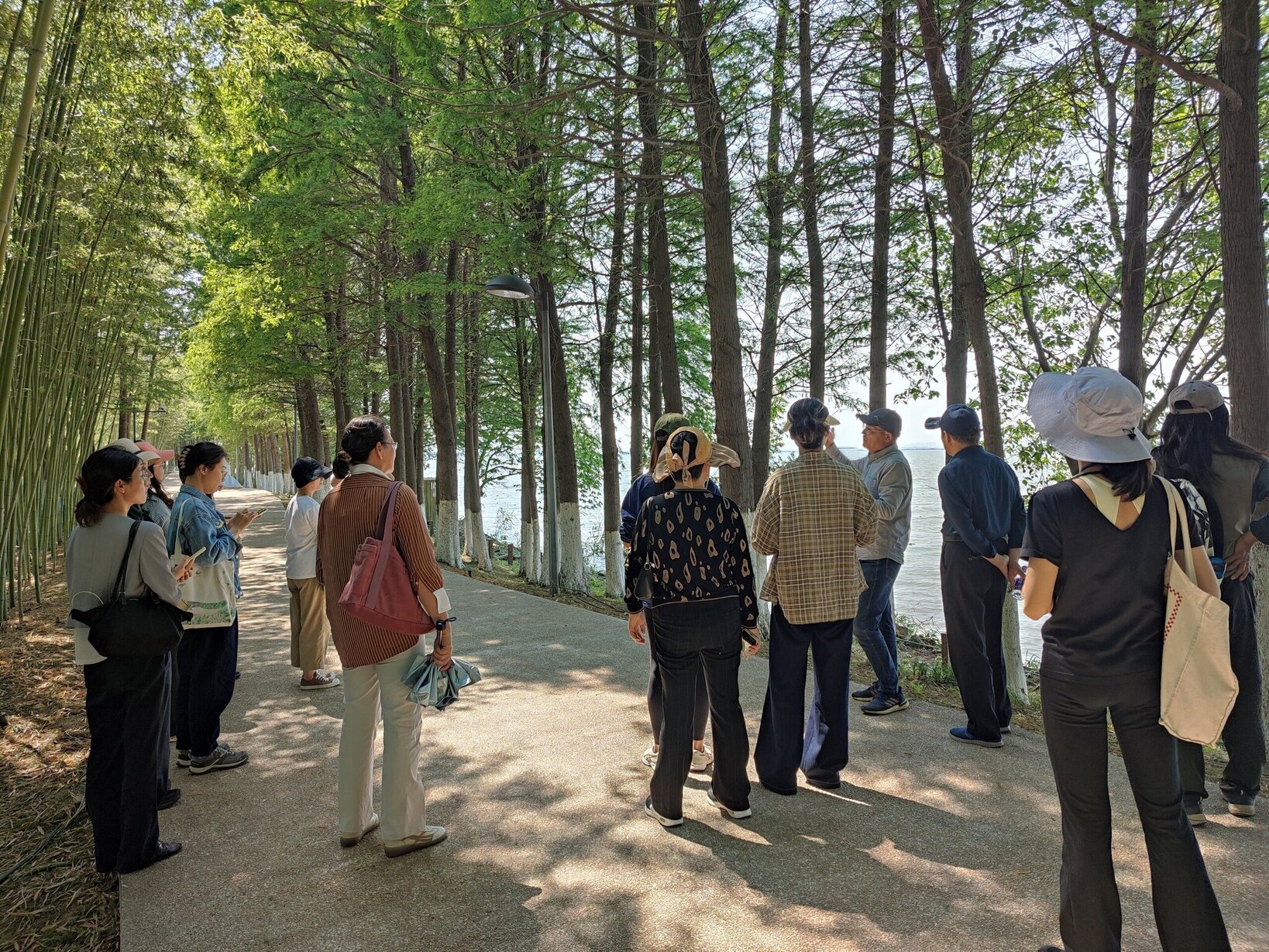
A quiet moment by Yangcheng Lake
The farm, we learned, was originally designed to look like a park, which is sort of like building a car that looks like a birthday cake. Sure, it’s beautiful, but try parallel parking it. This aesthetic-over-function approach created years of headaches as they retrofitted beauty with practicality. It’s a reminder for our community garden that while Instagram-worthy layouts are tempting, we should probably make sure we can actually grow things there.
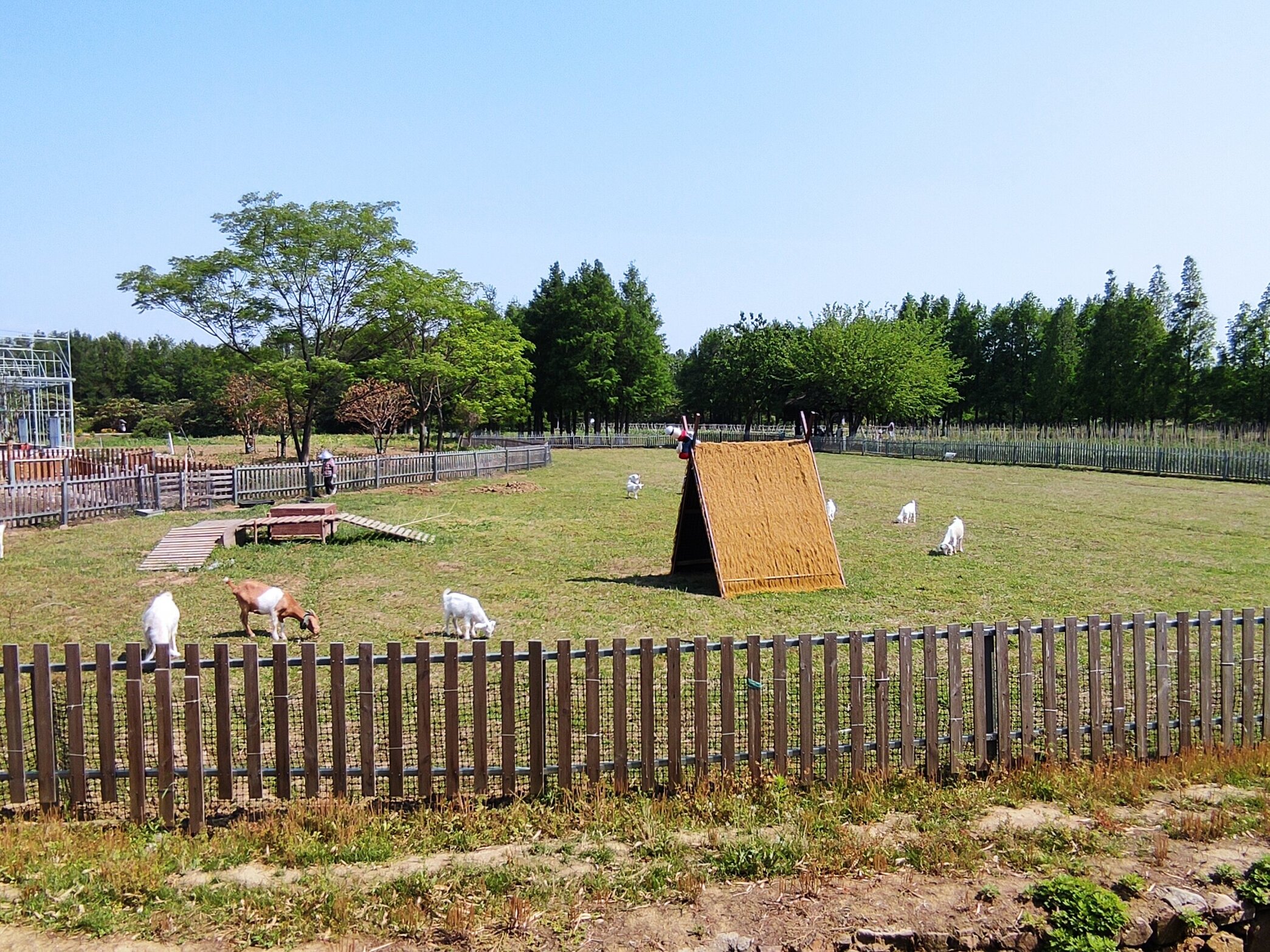
Some friendly goats enjoying their day
We met goats—That’s not a surprise. However, they’re mostly there for educational purposes, Mr. Tang explained, because regulations around livestock are tighter than skinny jeans from when we were ten years younger. These goats serve as living textbooks for children who might otherwise think meat materializes magically in supermarkets. (As a vegetarian, I stood there silently hoping some kid would make the connection between these adorable beings and whatever their parents served for dinner last night.) There’s something profoundly moving about watching animals simply existing, untroubled by deadlines or social media engagement metrics, living under the same sky that has witnessed every single moment of human history.
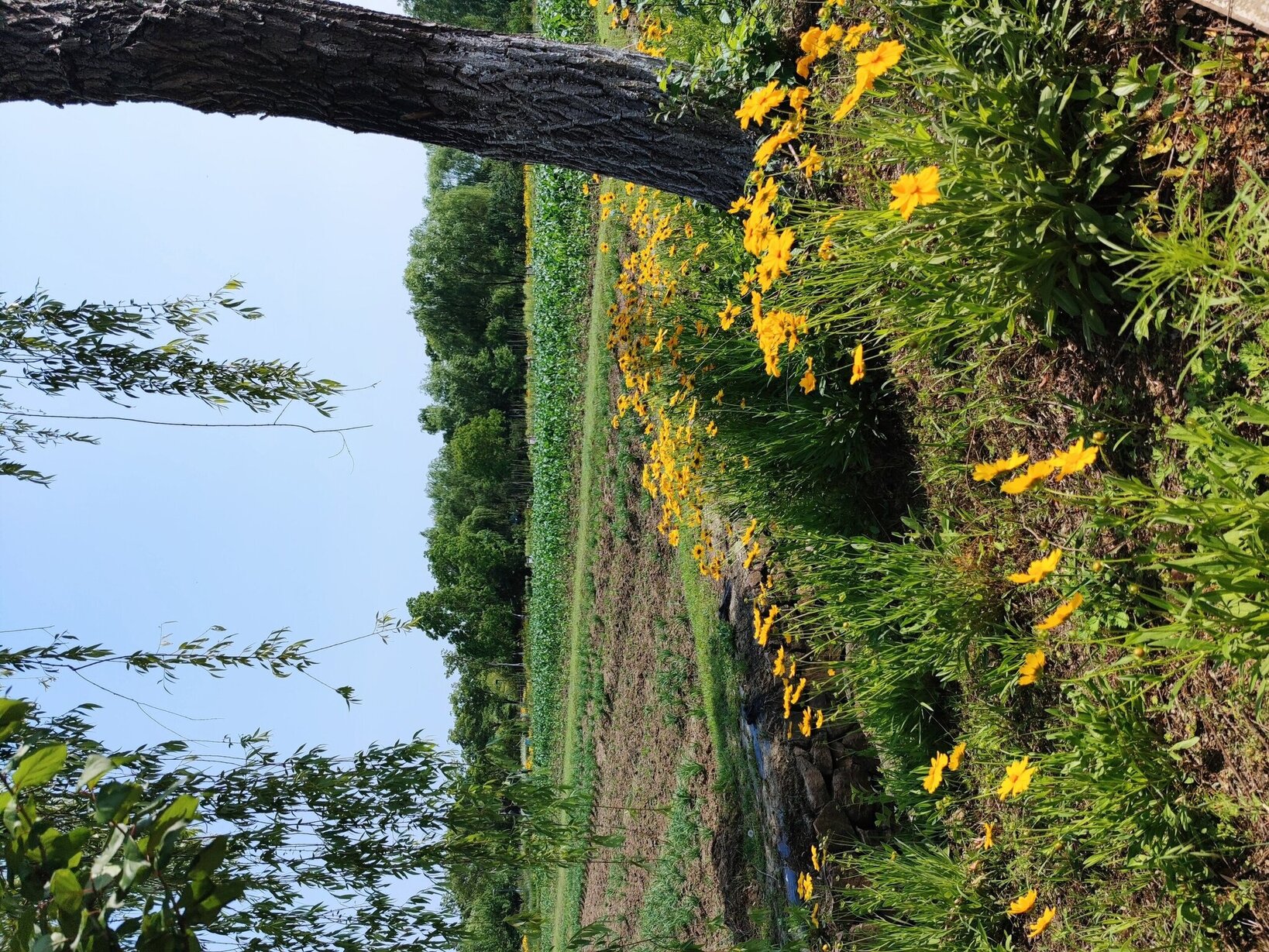
Flowers soaking up the spring sun
Beneath the farm’s picture-perfect surface —with flowers that would make a botanical garden feel inadequate —lies a story of resilience. In 2024, Typhoon Bebinca unleashed the meteorological equivalent of a temper tantrum across Shanghai and Jiangsu, severely damaging their greenhouse. The repairs cost hundreds of thousands of yuan. It’s a stark reminder that while we debate climate change over coffees, farmers are living its consequences in real-time. Our little community garden isn’t just about growing questionably shaped carrots— it’s also about helping people to recognize that the climate crisis isn’t some abstract future problem but a present reality affecting the people who grow our food.
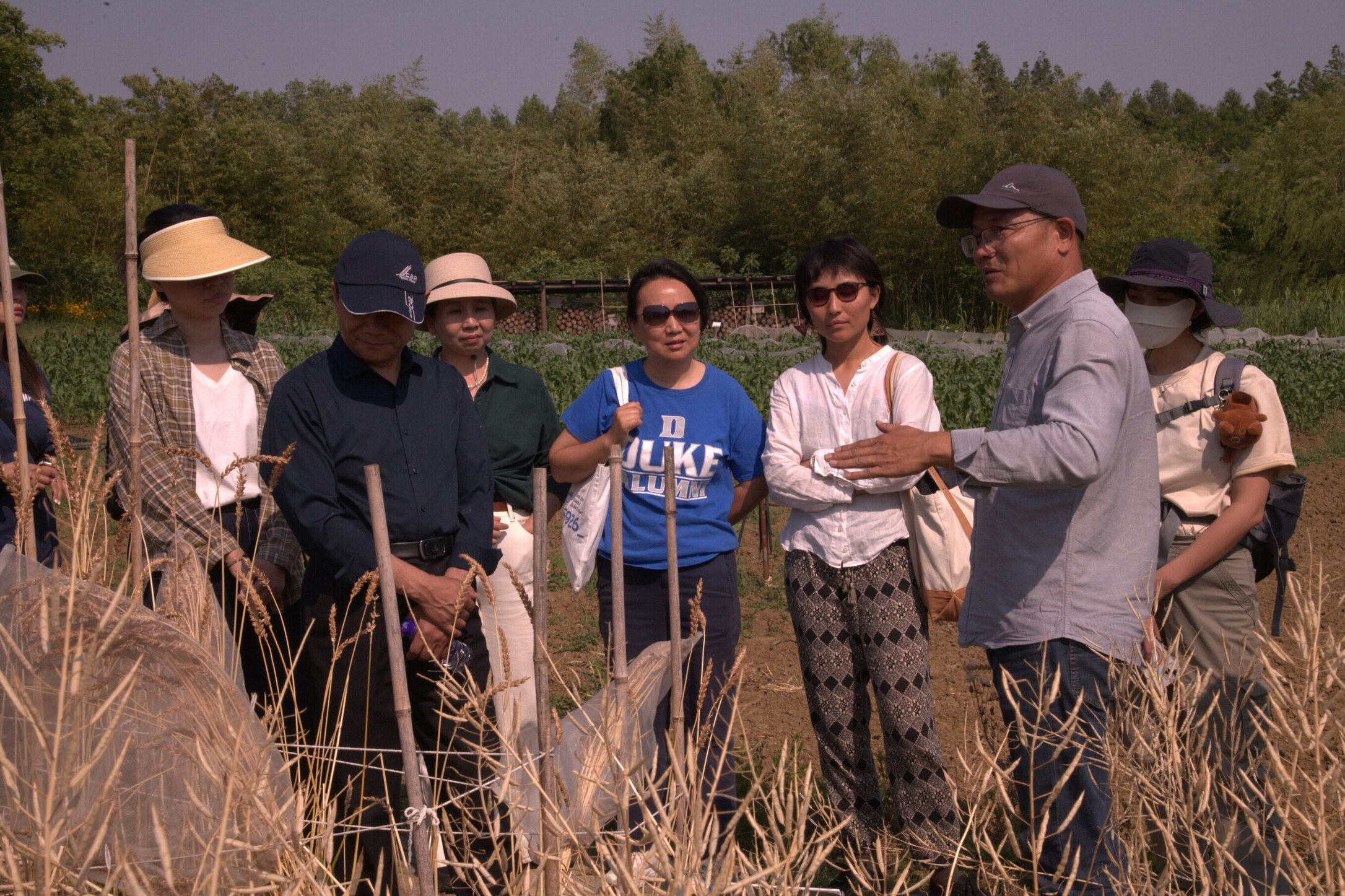
Heirloom wheat varieties grown at the farm
One of the farm’s crucial roles involves preserving heirloom crop varieties— the agricultural equivalent of saving vinyl records in a Spotify world. Modern farming loves monocultures the way teenagers love dramatic relationship declarations: intensely but problematically. (The Cavendish banana— which is the only banana you can find in grocery stores— faces potential extinction from the same fungal disease that wiped out its predecessor in the 1950s.) Out agricultural diversity isn’t just some hippie ideal but an insurance policy against biological catastrophe.
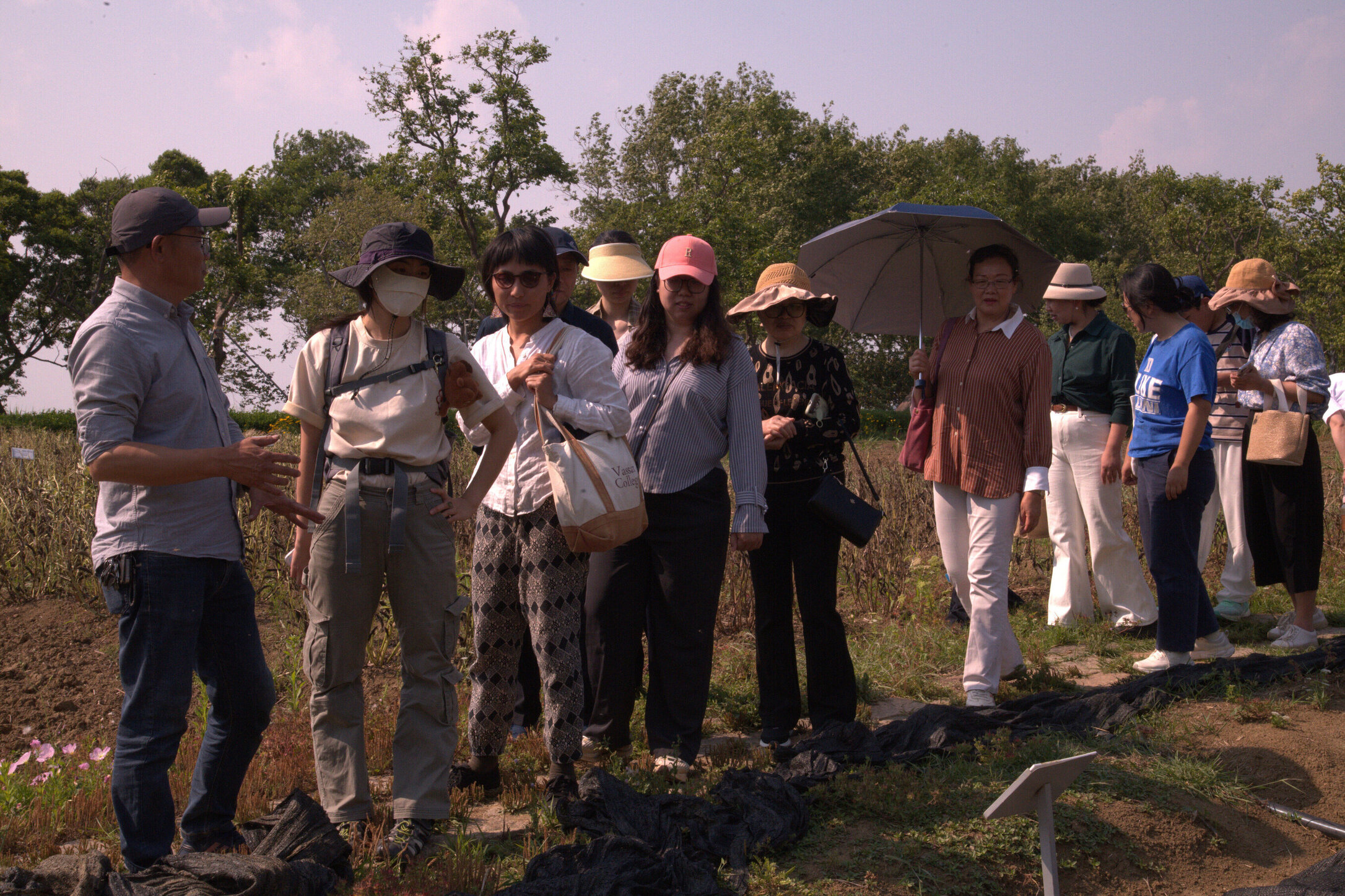
Experimental crops adapting to local conditions
In their experimental plots, Mr. Tang and his team run what amounts to a botanical immigration program, testing which plants from other regions might thrive in Kunshan’s climate. The farm also hosts interns—mostly young urbanites who’ve decided that spreadsheets and computer screens aren’t actually the pinnacle of human existence. There’s something inspiring about knowing people raised on concrete and Wi-Fi reconnect with the ancient art of coaxing food from dirt.
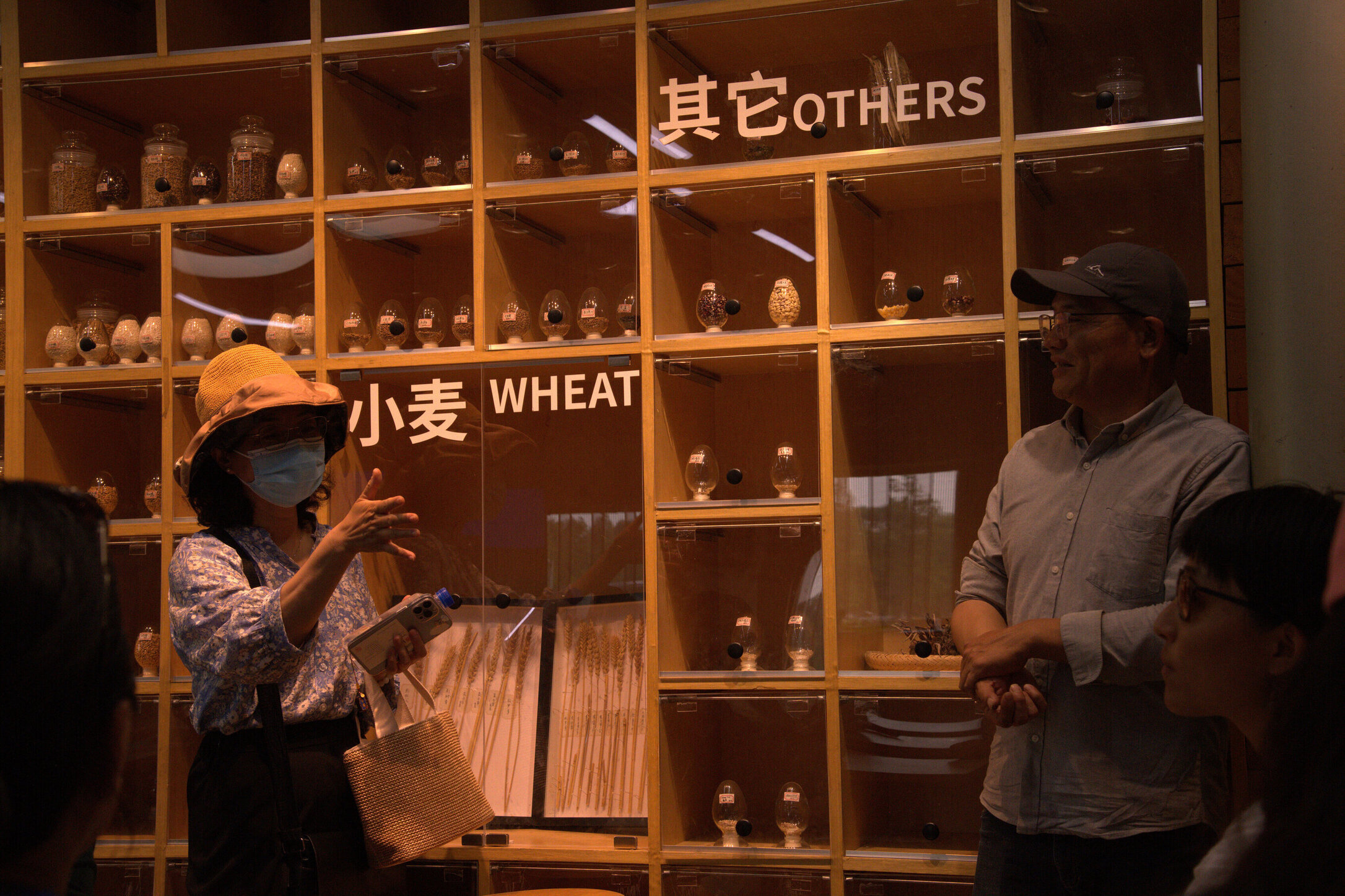
Seed wall in the farm’s classroom
We ended our visit in the farm’s classroom, where a wall displays hundreds of different seeds. Unlike diamonds or gold, these tiny capsules of potential aren’t valuable because they’re rare or shiny, but because they contain life itself. Looking at that wall of seeds, I felt a strange mix of hope and melancholy. In those seeds lies the possibility of a future where humans remember that we’re part of nature, not just its awkward, destructive house guests.
Note: For more information on why your future grandchildren might never know the joy of bananas, check out this cheerful article: What We Can Learn From the Near-Death of the Banana.